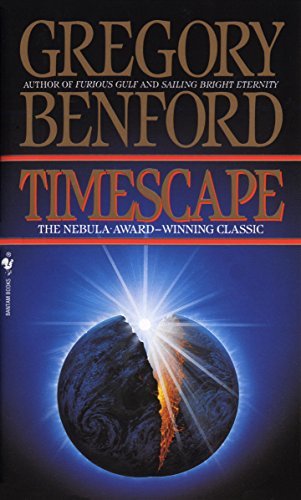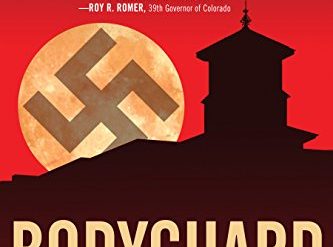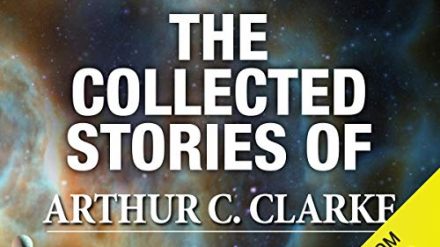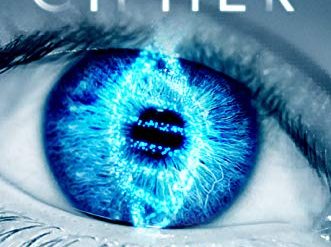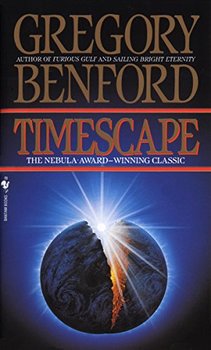
Physics can drive you crazy. Solid matter isn’t solid. Black holes don’t just make matter and light disappear; they suck up information, too. And Schrödinger’s cat is both alive and dead at the same time. Go figure. And if paradoxes like these rattle your nerves, you may want to avoid reading Gregory Benford’s masterful hard-science-fiction novel about time travel, Timescape. It’s a brilliant story, and gracefully written. But it will challenge your reading comprehension unless you’re well versed in contemporary physics.
Timescape is a story of unintended consequences, of husbands and wives, of environmental collapse, and of academic politics. But above all it’s an account of how scientific research is conducted in the age of Big Science. And Benford indulges his characters’ tendency to think aloud about the most profound questions in theoretical physics. It’s far above the level of most people’s understanding, or at least above mine. But the story at the core of this novel is suspenseful to a fault and beautifully executed.
Two settings, 35 years apart
Timescape opens in Cambridge, England, in 1998. Although the town is a privileged and wealthy academic community, it’s suffering like the rest of the world from an ecological catastrophe. Decades ago, the widespread introduction of certain synthetic pesticides led to a precipitous drop in agricultural production. Now a massive toxic bloom is spreading in the Atlantic off the Brazilian coast—and a menacing yellow cloud is forming above it.
In a desperate hope to address the looming crisis, a team of physicists at the University of Cambridge‘s Cavendish Laboratory is attempting to send a message back through time to the point just before which those pesticides were first put on the market: 1963. This is a novel about time travel that only a physicist could have written.
Timescape by Gregory Benford (1980) 514 pages ★★★★☆
Winner of the Nebula Award for Best Novel
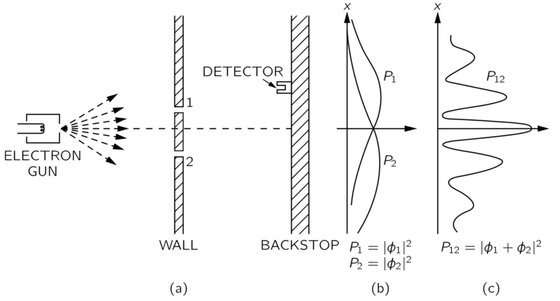
Meanwhile, 35 years earlier (but at the “same” time)
In the relativistic conception of time, it’s also 1963 in La Jolla, California. There, a young physicist named Gordon Bernstein is at work in a nuclear resonance laboratory. He’s struggling with a complex experiment using tachyons to send a message to the past. (The tachyon is a hypothetical particle that always travels faster than the speed of light. Which Benford assumes to mean that tachyons instantaneously move from point A to point B.) As he explains in a defense of his project, he’s attempting “a highly restrictive form of time travel. This is the only way anyone’s figured out how to send messages into the past. We can’t transmit objects or people.” Gordon hopes to “warn them [in 1963] against chlorinated hydrocarbons, sketch in the effects on phytoplankton.”
Timescape is a novel about time travel in only a limited sense. It’s the story of the fraught communication between these two teams of physicists separated by more than three decades and the trillions of miles the Earth had traveled during that time. How could this happen? Well, “human language did not fit the physics. There was no tense of the verb to be that reflected the looping sense of time.”
The people you’ll meet
As the tale unfolds, you’ll meet a handful of brilliant scientists who display all the passion and contradictions of the academic research community to this day. If you know or have met physicists at top universities, you’ll recognize these people.

In 1998 Cambridge . . .
John Renfrew
John Renfrew is a junior physics don at the University of Cambridge. He struggles to obtain funding to continue his experiments with tachyons as most of the money from the World Council goes to meet the most immediate needs brought about by the ecological crisis. His wife, Marjorie, is impatient with her husband, who spends long hours at his lab and sometimes doesn’t come home at all at night.
Ian Peterson
Ian Peterson is the British delegate to the World Council and thus the most powerful man in the UK. Renfrew must gain Peterson’s support to continue his work. Peterson, a nonscientist, nonetheless seems to grasp the fundamentals of the project. And he has incentives to travel to Cambridge, where his womanizing can run rampant. He’s in an open marriage with a wealthy aristocratic woman named Sarah, who maintains a torrid on-again, off-again affair with Prince Andrew.
Gregory Markham
Gregory Markham, one of Renfrew’s friends on the physics faculty, is intensely interested in the theory underlining the tachyon experiment. He is older, better established, and has a network of connections worldwide, especially in the United States. Renfrew depends on him to secure needed equipment on loan from American laboratories. Markham is married to Jan, with whom he has a long-lasting and intimate relationship.
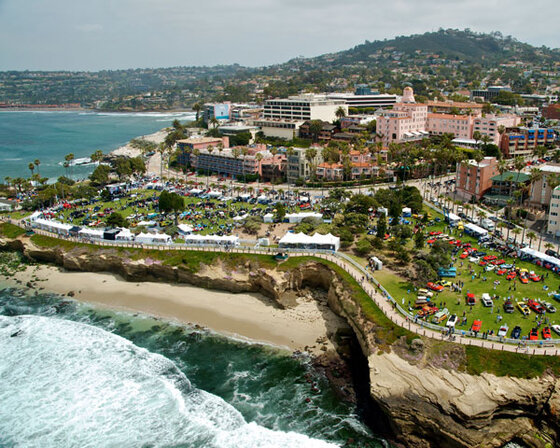
In 1963 La Jolla . . .
Gordon Bernstein
Bernstein is a junior faculty member at the new University of California at La Jolla (UCLJ), later to be named UCSD once the city of San Diego has absorbed its neighbor. He’s brilliant and hopes to gain tenure at UCSJ in record time. Bernstein’s experiment is unorthodox and controversial, and he frequently encounters resistance from older scientists wedded to more traditional theories and practices. He lives with a blonde California surfer named Penny who is studying English literature as a graduate student at UCSJ. Gordon is a New York Jew whose mother disapproves of the relationship and makes her views forcibly and repeatedly known.
Isaac Lakin
“When Isaac Lakin came into the nuclear resonance laboratory anyone, even a casual visitor, could tell it was his. . . He had established his reputation at MIT in a decade of sound work.” But those days were long gone. Isaac is now one of those senior men, and it’s he who stands squarely in Gordon’s way.
Benford’s writing style
Gregory Benford is one of those uncommon scientists who write exceptionally well. Rarely have I come across more lucid and inviting prose from any other author in the field. Certainly, I’ve never before encountered any other novel about time travel that comes close.
Consider this representative passage, for example. “Behind the equations were immensities of space and dust, dead but furious matter bending to the geometric will of gravity, stars like match heads exploding in a vast night, orange sparks that lit only a thin ring of planets. The mathematics was what made it all; the pictures men carried inside their heads were useful but clumsy, cartoons of a world that was as subtle as silk, infinitely smooth and varied.” Thus we enter the poetic world of science.
This is hard science fiction
Make no mistake about it, though. Gregory Benford is a scientist, and he writes hard science fiction. Unfortunately, Timescape is a trifle too hard on the science. There are no equations in the novel. But there might as well be. The science couldn’t possible be any more opaque to a reader who lacks a background in physics. (Well, I took a course in physics sixty years ago. But the lectures were at 8:00 am, so I slept in. I got an A, but only from cramming for exams. And of course I remember nothing.) In Timescape, Benford throws around terms like “tachyonic antitelephone.” He casually tosses in phrases like “a Fourier decomposition of the noise spectrum showed certain harmonic components.” And he does these things not on occasion but again and again throughout the text, as his characters think or converse about the details of their work.
Reflections of an academic reader
In an appendix to this novel about time travel, “Science Meets Literature,” Susan Stone-Blackburn offers perspective on Timescape. “The texture of the novel gives us considerable insight into the subculture of science—its jokes, frustrations, rivalries, and working conditions. It emphasizes the humanity of scientists and the subjective dimensions of science.” To which I say, amen. Parts of Stone-Blackburn’s article were published earlier as “Science and Humanism in Gregory Benford’s Timescape.” The piece appeared in Science-Fiction Studies, Vol 15 (1988), 295-310. LIke the novel itself, it’s densely written but well worth reading.
About the author
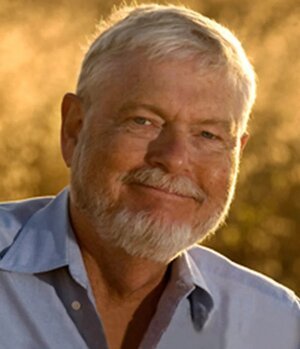
Gregory Benford (born 1941) is best known as the author of The Berlin Project and this novel, for which he won the Nebula Award. However, he has written a total of at least twenty-three novels and collaborated on eight others. Benford has been a member of the faculty of the University of California since 1971 and now is Emeritus Professor of Physics and Astronomy at UC Irvine. His research encompasses both theory and experiments in the fields of astrophysics and plasma physics. He also serves on the board of directors and the steering committee of the Mars Society. For a detailed and intimate biography, see the article by Peter Nicholls reposted on Benford’s website.
For further reading
Previously I reviewed Gregory Benford’s outstanding novel, The Berlin Project (An alternate history of the Manhattan Project).
For more good reading, check out:
- The ultimate guide to the all-time best science fiction novels;
- Great sci-fi novels reviewed: my top 10 (plus 100 runners-up);
- Seven new science fiction authors worth reading; and
- The top 10 dystopian novels reviewed here (plus dozens of others).
And you can always find my most popular reviews, and the most recent ones, plus a guide to this whole site, on the Home Page.

